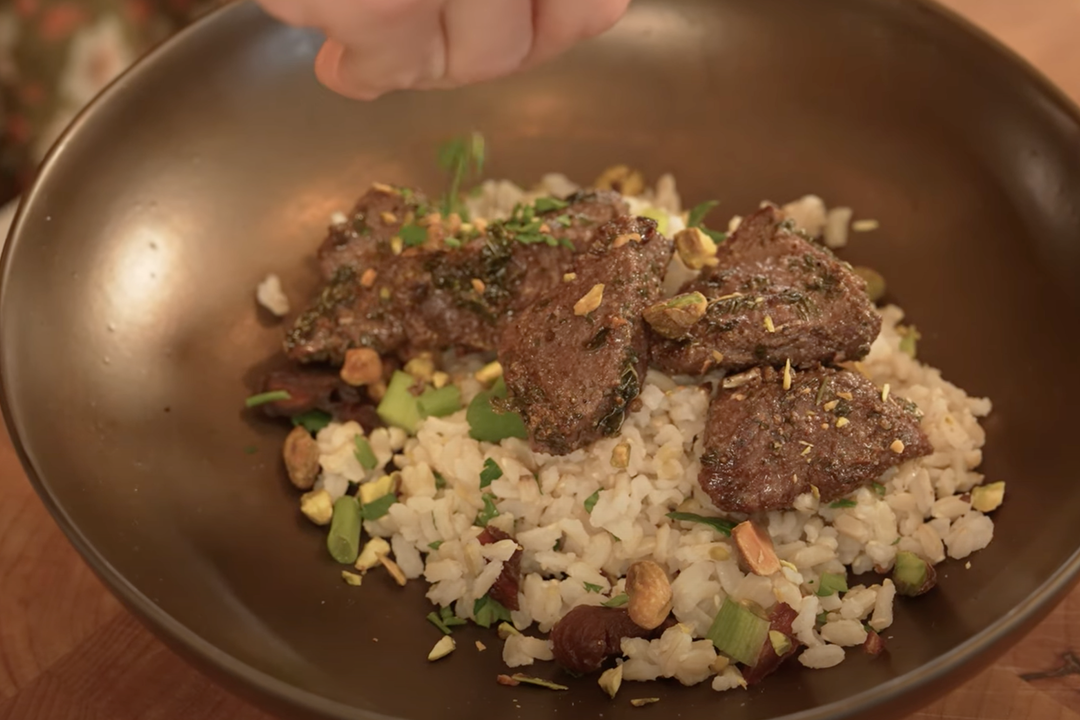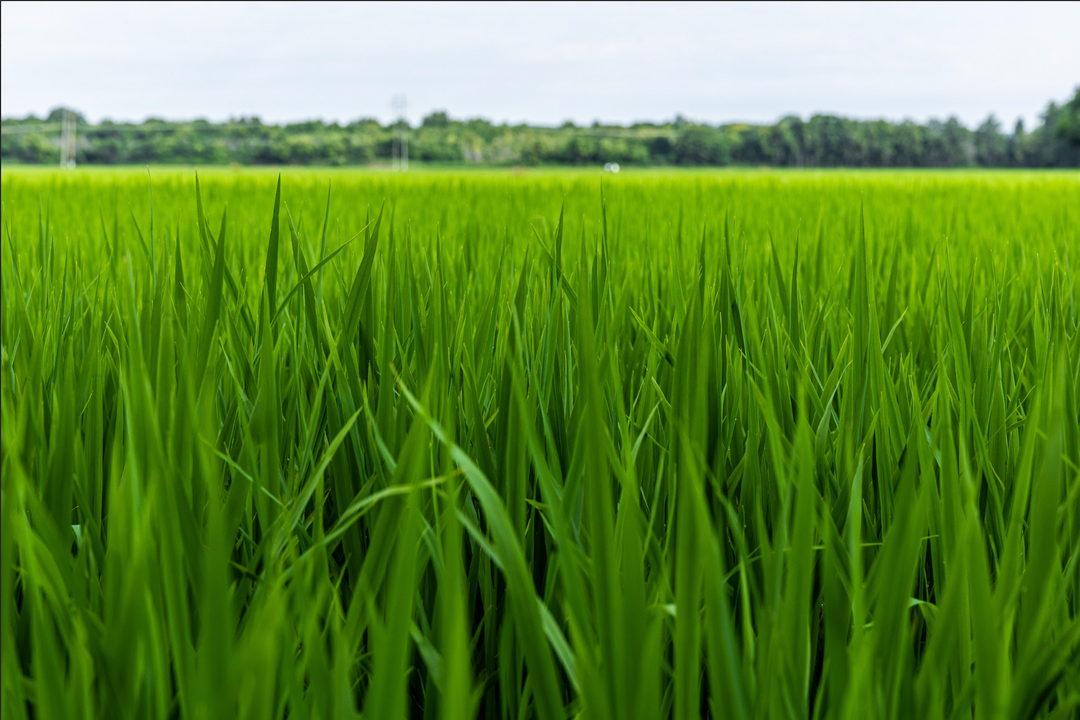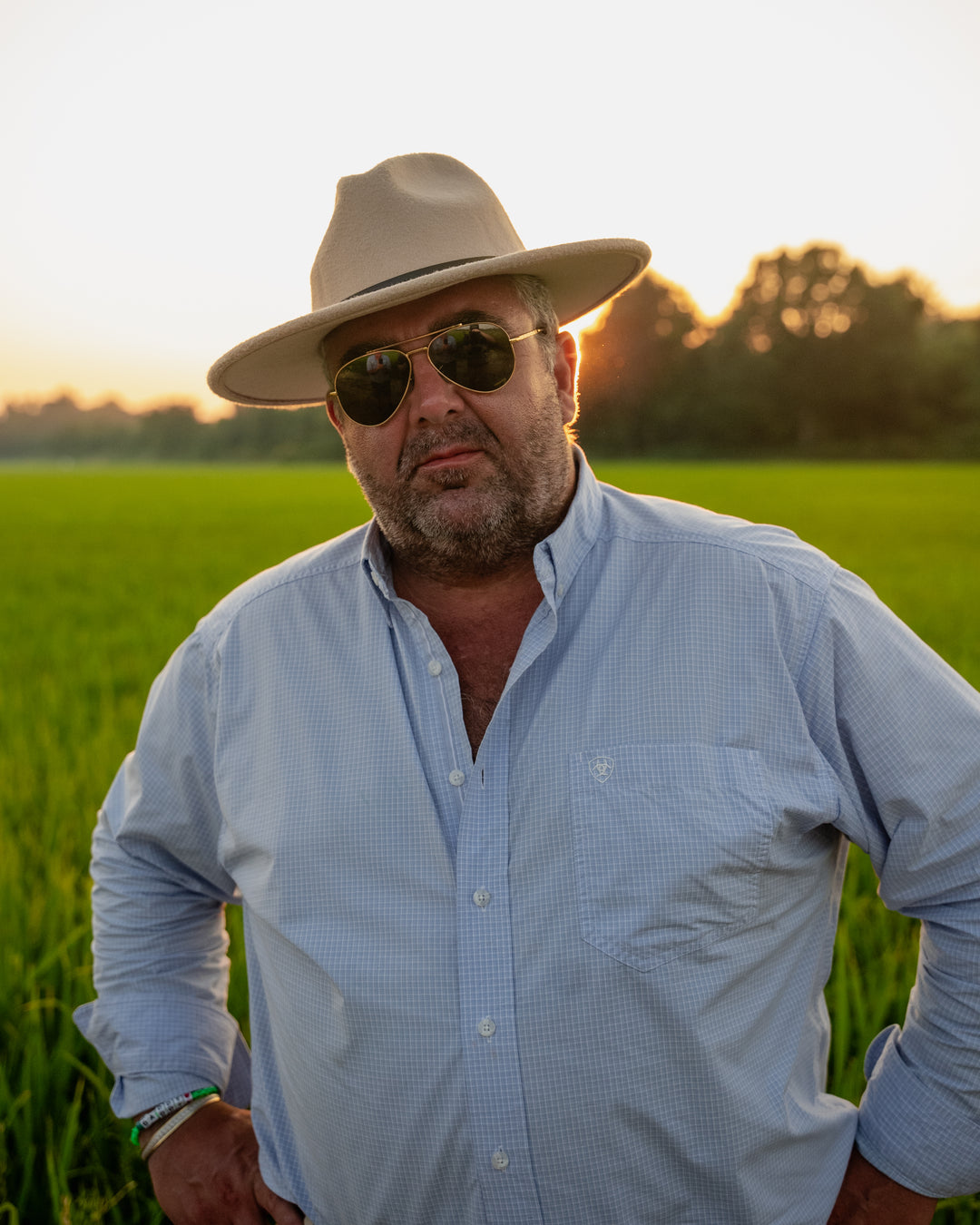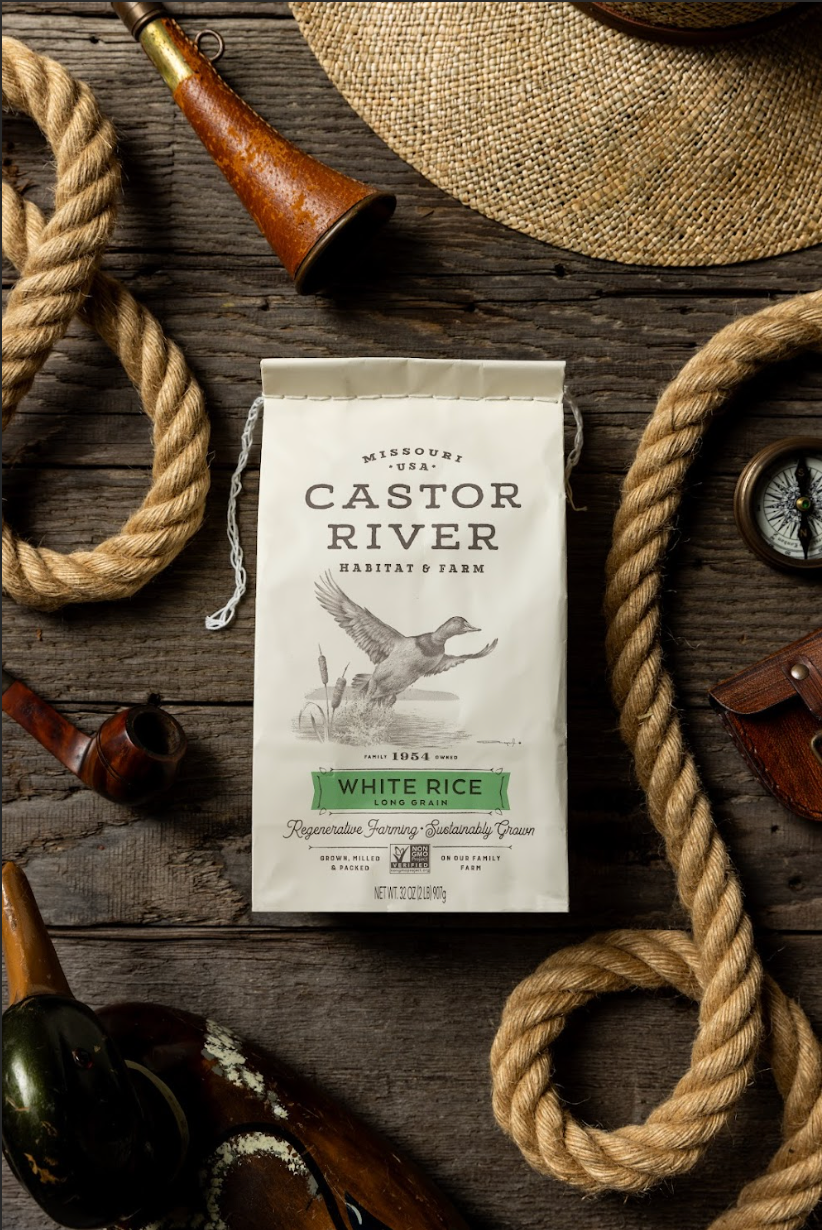Letting Nature Lead: The Role of Biodiversity in Regeneration

A Landscape Designed to Work Together
We don’t see our fields as isolated rows of crops. We see them as part of a living, breathing ecosystem. Regeneration means working in step with nature, not against it. And when it comes to restoring the health of our soil, our crops, and our future, biodiversity isn’t just helpful. It’s essential.
Why Biodiversity Matters on a Farm
Nature doesn’t monocrop. Walk through any healthy prairie or forest, and you’ll find dozens, if not hundreds, of species coexisting. That diversity above the ground reflects the diversity below it: countless microbes, fungi, and insects all playing their part in keeping the ecosystem in balance. When we mirror that kind of diversity on our land, we see healthier soil, stronger plants, and fewer problems that need fixing with chemicals or heavy-handed interventions.
But biodiversity isn’t just about what’s planted in a field. It’s also about what’s flying above it, crawling through it, and taking shelter beside it–
Ducks migrating through the sky, bees pollinating from bloom to bloom, deer grazing at the edge of our fields.
These aren't background details. They’re active participants in the cycle of regeneration. Their movement, feeding habits, and natural rhythms bring nutrients, pollination, and balance in ways no machinery or synthetic input can replicate.
Cover Crops, Crop Rotations, and Companion Species
One of the ways we support biodiversity is by embracing cover crops and crop rotation. These practices break up pest and disease cycles, build organic matter, and keep root systems feeding the soil throughout the year. We also integrate plants that aren’t meant to be harvested but are there simply to support the soil, the bugs, and the birds.
Think of it like giving the soil a full meal, not just one ingredient. Different plants feed different microbes. More diversity below means more resilience above. When a field is constantly cycling through different types of life, it gets stronger. It’s the biological equivalent of cross training.
We also rely on companion species—plants that work together naturally. Some draw up nutrients from deeper soil layers. Others repel pests or attract beneficial insects. When these allies grow side by side, they reduce the need for external inputs and create a more dynamic, self-sustaining system.
Fewer Chemicals. More Balance.
Modern farming often relies on spraying to solve problems: fungicides, herbicides, pesticides. But when we let nature lead, we see how many of those problems are actually symptoms of imbalance.
Weeds take hold when the soil is bare.
Pests thrive when their natural predators are gone.
Disease spreads in stressed out, uniform crops.
By increasing biodiversity, we reduce the need for interventions in the first place. It’s a system that self-regulates. When nature’s web is intact, we don’t have to play the role of fixer. We just get to be stewards.
More Than a Method. It’s a Mindset.
Regenerative farming isn’t about domination. It’s about humility. It’s about seeing the farm not as a factory, but as a living landscape. Biodiversity is what makes that landscape resilient. And when we protect it, we’re not just growing better rice. We’re creating a legacy.
Bring Home a Harvest Shaped by Wildness
Every bag of Castor River rice is grown with nature in mind, from the ducks in our wetlands to the microbes in our fields. When you cook with our long grain white or brown rice, you're tasting the outcome of a system that values life in all forms.
Shop our regenerative rice and bring home a harvest shaped by biodiversity.









